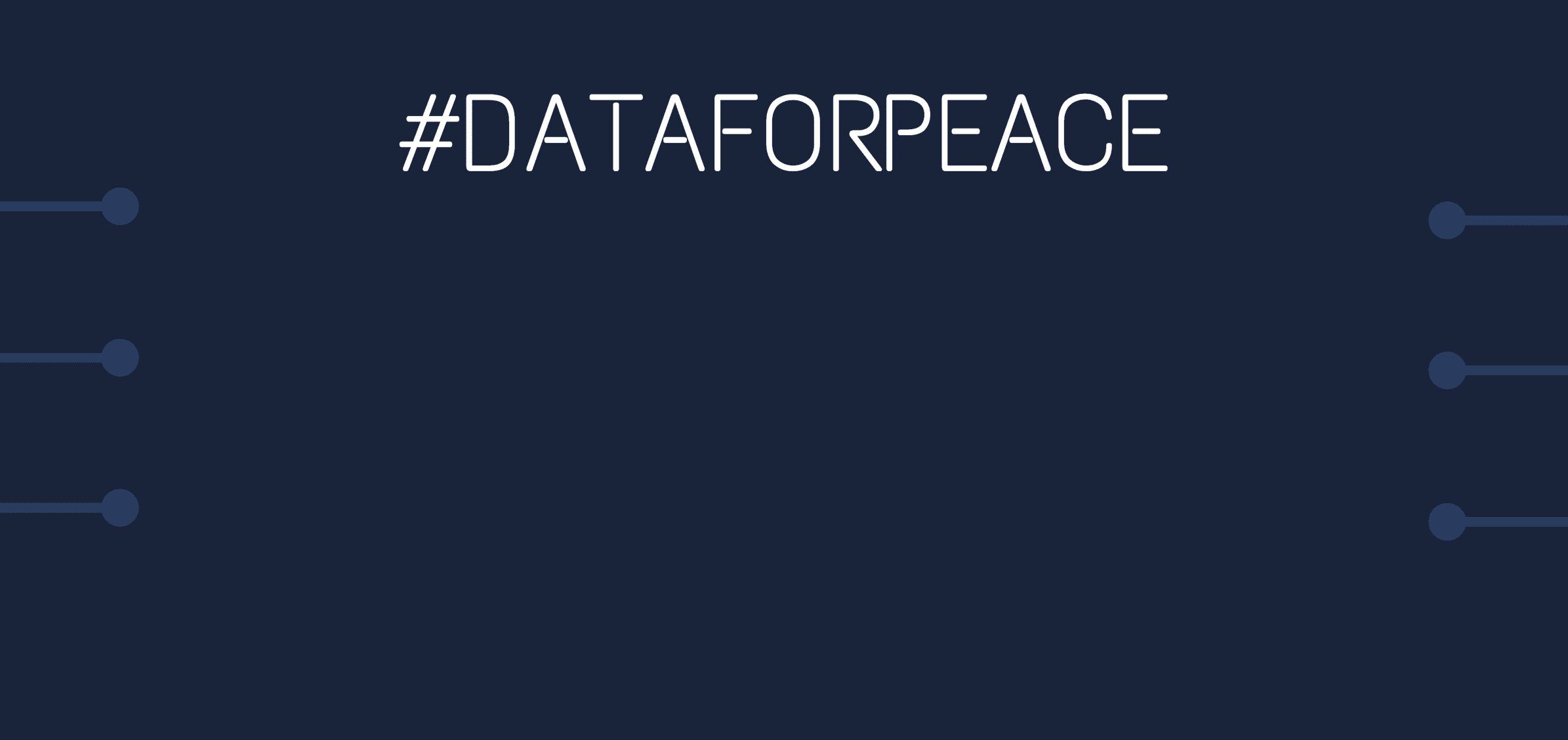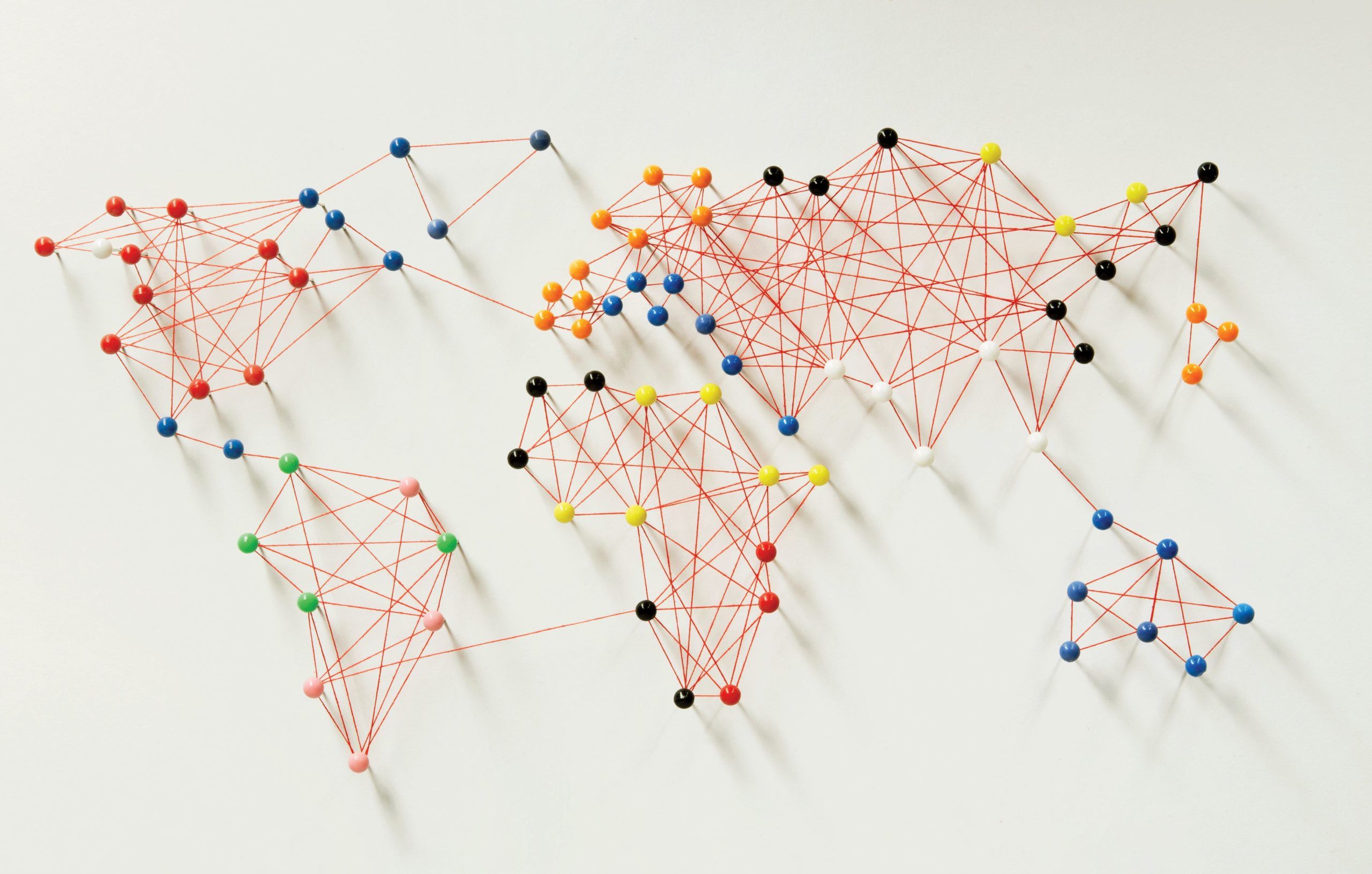
Array
(
[thumbnail] => https://s42831.pcdn.co/wp-content/uploads/2020/03/screen_shot_2020-03-04_at_3.40.52_pm-150x150.jpg.optimal.jpg
[thumbnail-width] => 150
[thumbnail-height] => 150
[medium] => https://s42831.pcdn.co/wp-content/uploads/2020/03/screen_shot_2020-03-04_at_3.40.52_pm-300x142.jpg.optimal.jpg
[medium-width] => 300
[medium-height] => 142
[medium_large] => https://s42831.pcdn.co/wp-content/uploads/2020/03/screen_shot_2020-03-04_at_3.40.52_pm-768x362.jpg.optimal.jpg
[medium_large-width] => 768
[medium_large-height] => 362
[large] => https://s42831.pcdn.co/wp-content/uploads/2020/03/screen_shot_2020-03-04_at_3.40.52_pm-1024x483.jpg.optimal.jpg
[large-width] => 1024
[large-height] => 483
[1536x1536] => https://s42831.pcdn.co/wp-content/uploads/2020/03/screen_shot_2020-03-04_at_3.40.52_pm-1536x725.jpg.optimal.jpg
[1536x1536-width] => 1536
[1536x1536-height] => 725
[2048x2048] => https://s42831.pcdn.co/wp-content/uploads/2020/03/screen_shot_2020-03-04_at_3.40.52_pm-2048x967.jpg.optimal.jpg
[2048x2048-width] => 2048
[2048x2048-height] => 967
[gform-image-choice-sm] => https://s42831.pcdn.co/wp-content/uploads/2020/03/screen_shot_2020-03-04_at_3.40.52_pm.jpg.optimal.jpg
[gform-image-choice-sm-width] => 300
[gform-image-choice-sm-height] => 142
[gform-image-choice-md] => https://s42831.pcdn.co/wp-content/uploads/2020/03/screen_shot_2020-03-04_at_3.40.52_pm.jpg.optimal.jpg
[gform-image-choice-md-width] => 400
[gform-image-choice-md-height] => 189
[gform-image-choice-lg] => https://s42831.pcdn.co/wp-content/uploads/2020/03/screen_shot_2020-03-04_at_3.40.52_pm.jpg.optimal.jpg
[gform-image-choice-lg-width] => 600
[gform-image-choice-lg-height] => 283
)
Putting Data to Work for Peace: #D4PS 2020
In February, more than 150 people representing 80+ governments, multilaterals, think tanks, and civil society organizations from around the world came together in the Hague to share compelling new ideas for using data-driven approaches for the public good—in this case, for peacebuilding and conflict prevention. Advanced forms of pattern recognition such as artificial intelligence (AI) and machine learning, natural language processing, and the development of new data sources (like “big” data, crowdsourcing) are just a few examples of data-driven approaches having an outsized—and often invisible—impact on our daily lives.
But while the governments and the private sector are rapidly scaling up their use of pattern-recognition and deeper forms of AI to deliver services and gather information, practitioners—especially in the peacebuilding field—have been slower to adopt these tools. In March 2019, CIC co-hosted the first Data for Peace and Security conference here in New York to showcase how that is starting to change. With the Netherlands Ministry of Foreign Affairs and the UN Peacebuilding Support Office, we brought a group of innovators together to show how data-driven approaches can be used to provide real solutions to practical challenges for peacebuilding and violence prevention.
Two weeks ago, we reconvened in the Hague to learn more about the applications that researchers and practitioners are building to address issues like protecting civilians in conflict-affected areas, increasing access to justice for victims of large-scale human rights abuses and war crimes, facilitating conflict mediation, and early identification of rising violence.
Here are just a few examples of the exciting new work that was shared at #D4PS 2020:
- The Sentry project from Hala Systems uses machine learning techniques to analyze audio emissions, in order to determine whether aircraft flying over Syria are likely to be bombers or not, and then provides alerts to communities who might be in the path of an airstrike.
- The European Union showcased the use of data analytics to help drive prioritization of its prevention approach. Data from its Global Conflict Risk Index—pulled from open sources—has models which are thought to be 80 percent accurate in anticipating conflict. These analytics are used by the European Commission’s Early Warning System to help set priorities for future engagement.
- The PublicSonar project uses algorithms to filter social media content, in order to understand real-time risks on the ground. At the meeting, participants discussed how this tool could be useful for early warning/early response initiatives.
- Participants from several “Space for Good” initiatives presented on the potential uses of satellite imagery for peacebuilding. For example, the European Space Agency hopes to engage the peace and security community to learn how to leverage the extensive, publicly available satellite imagery from its Sentinel program for prevention objectives. This imagery is already being used to analyze topics like urbanization, natural disasters, deforestation and climate change, and water sources—but to make it work similarly for prevention, it will be necessary to integrate additional data sources.
The range of projects we heard about—and the enthusiasm of the participants from so many different organizations and places—make it clear that this is a growing space. To have the necessary impact, however, it will need to grow at a faster pace and scale. As the field emerges, it’s critical that we develop more opportunities to cultivate learning and create new partnerships. But it’s just as critical, however, to have the opportunity to reflect on failures and on challenges we face—including problems like algorithmic bias and the potential misuse of AI. The “do no harm” ethos of the peacebuilding field must guide the development and use of these tools.
Building on these two international meetings, CIC will continue to build a community of practice to bring together researchers, practitioners, the private sector, governments, and others to forge practical solutions to real-world problems peacebuilders face on the ground. In the coming months, we will launch a series of virtual convenings to highlight cutting-edge solutions, and we will continue to focus on support to early warning/early response initiatives at national level.
More Resources
Stay Connected
Subscribe to our newsletter and receive regular updates on our latest events, analysis, and resources.
"*" indicates required fields




